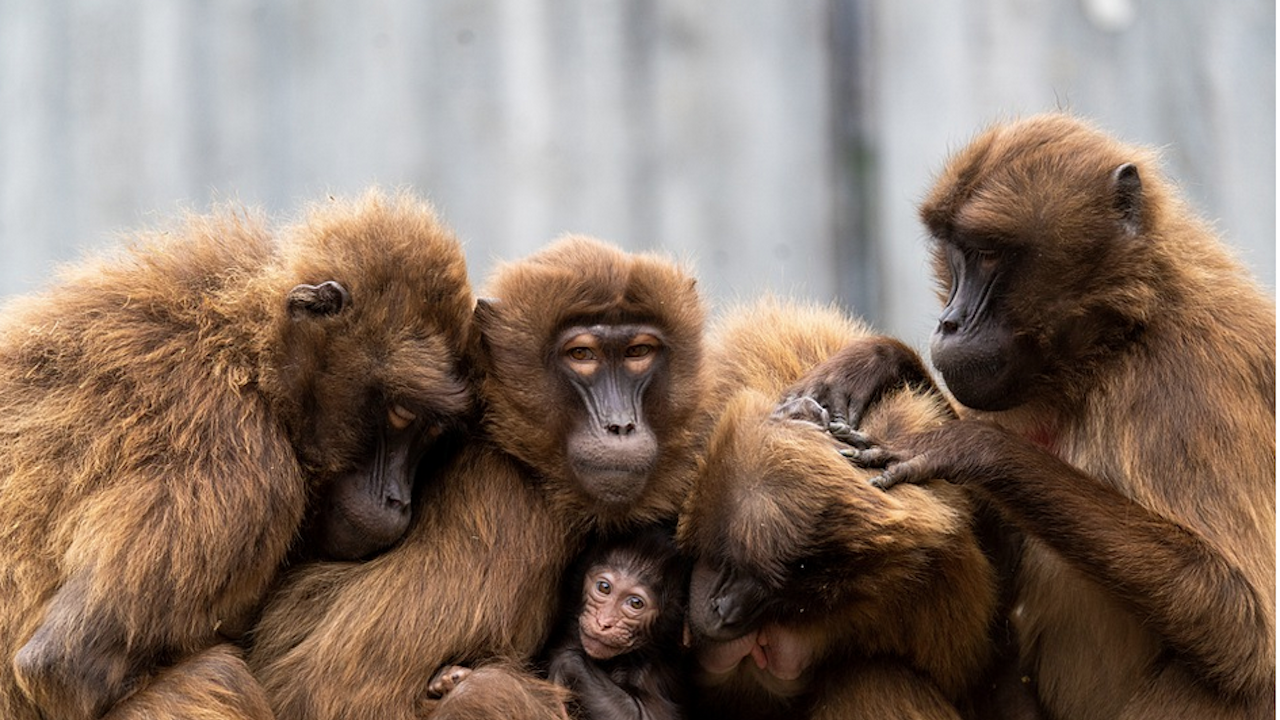Listen to the news
The genetic diversity and evolutionary history of primates the group that includes apes, great apes, lemurs and humans have been revealed in full for the first time.
The new findings could change the "rules of the game" and help researchers better understand genetic diseases, human health, the way we've evolved, and even the mutations that make us unique.
Scientists from around the world, including at the University of Salford, have sequenced the genome the full set of DNA of more than 200 primate species, which is almost half of the total. In doing so, they created for the first time a global catalogue of genetic diversity among primates.
'Erased' Information from Human Genome May Have Made Us Human
The data published in the journal Science will usher in a new era in primate research, experts say.
In the past, primate genetic studies have focused mainly on relatively small parts of the genome, such as specific genes. The new study is the first to publish a diverse sample of entire genomes in the primate family tree.
Professor Jean Boubley, head of the Department of Tropical Ecology and Environmental Protection at the University of Salford, one of the authors of the publication, said: "This is a real breakthrough in the study of many aspects of primate evolution that also affects environmental protection."
"Many of these species are threatened and the results here could help in their conservation efforts. This is a fantastic collaboration that will open many doors for future research," the professor explained.
Robin Beck, associate professor of biology at the University of Salford, is an expert in fossils and phylogenetics and co-author of the paper. He said: "This study shows the importance of whole genomes in understanding primate diversity and how they have evolved over time. We now have a high-quality primate family tree, based on the largest dataset ever published."
According to scientists, the study shows how primates diversified over the past 60 million years, from their emergence - several million years after the extinction of the dinosaurs - to the present day.
"This is the first time we have a really stable timescale for these evolutionary events, and now we can try to establish what may have caused them," Beck said.
Working with 75 colleagues from Spain, Germany, the United States, Brazil and 20 other countries, the Salford team provided 205 samples from a total of 77 species, or more than 30 percent of the species analyzed in the new study.
The Salford team also used information from the fossil record in combination with genomic sequences to produce the new, best-to-date primate family tree.
The researchers suggest that the results have created an accurate picture of how all the different branches, including humans, are related to each other and when these branches separated from each other.
Genome
Primates
